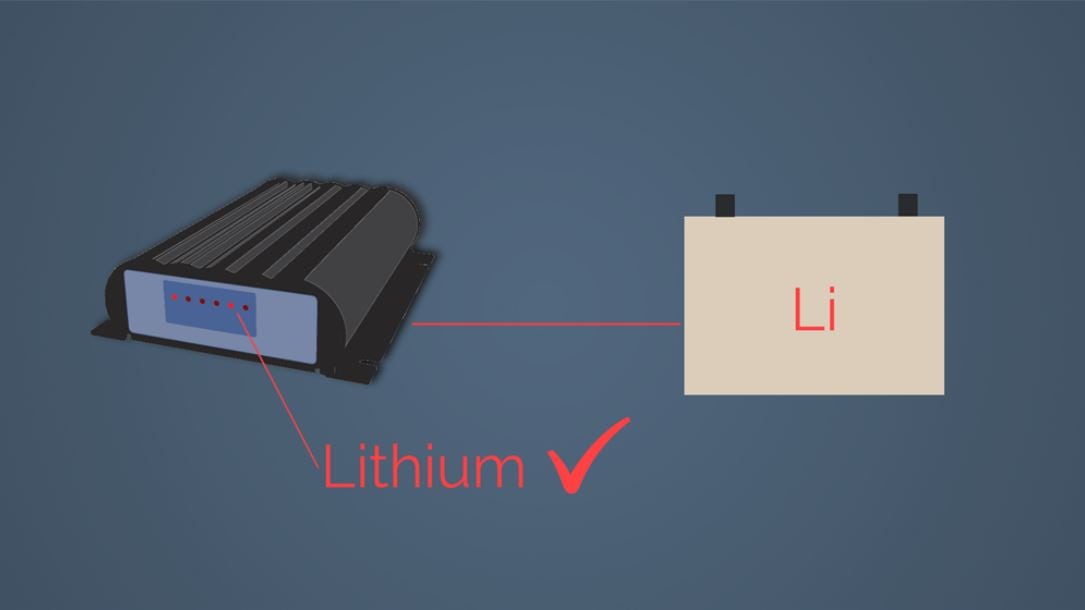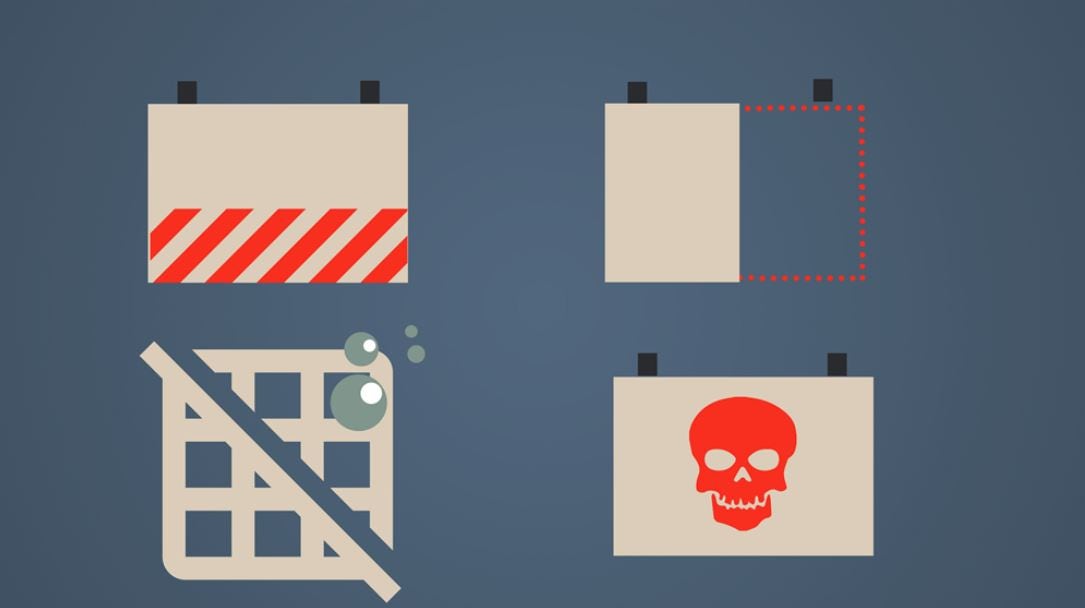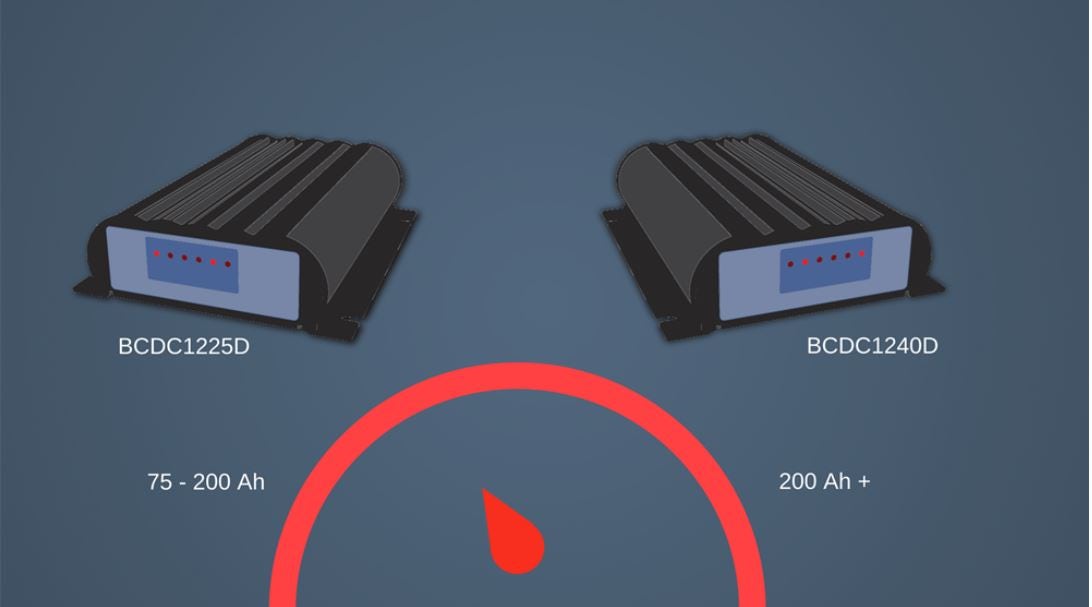Bigger is better in many cases, especially when it comes to overlanding in North America. Well-engineered and over-spec’d equipment will generally see you through the toughest conditions with plenty of head room and ensure reliability to cope with unexpected extremes.
If you look at the specifications of leading brand equipment they are usually on the more conservative side of what the gear can actually do, unlike the optimistic specifications the competitors that sell on price point alone. Meaning more often that not the conservative approach will ensure that the equipment delights rather than disappoints.
The bigger is better approach is shared widely amongst the overlanding community when it comes to setting up their vehicles because it gives them peace of mind when heading off-grid, keeping far away from any limits of operation.


This theory is no different when it comes to the world of electrical, fitting a bigger battery bank and carrying additional solar panels will ensure the lights stay on and the beer stays cold, even if mother nature throws an unpredictable week of storm clouds over your head or the kids forget to latch the lid on the fridge.
Running cables two sizes above requirements ensures your 12-volt gear runs with no electrical losses and has room for future additions or changes.
There are times however when going bigger can be detrimental and we need a more controlled approach, and battery charging is no exception.
Going nice and slow
Charging batteries can be likened to cooking a slab of beef brisket, best results are obtained by sticking to the ‘low and slow’ method. For a brisket, the right temperature, wood and cooking time ensures the smoke is able to penetrate the surface, the fat can render and the juice will flow throughout.
To save time you could always crank the smoker to 400 degrees and have your brisket ready within the hour but in reality, that approach will end up ruining the meat and leave you with something you could mend your boots with.
Charging a battery works in a similar way by controlling the correct amount of current and voltage in the form of a staged charge profile. This allows the chemical process inside that power producing plastic box to take place.
Lucky for you, charging a battery doesn't require this amount of commitment and attention, and a quality DC-DC charger like a REDARC BCDC will handle all the control and adjustments with its three-stage charge. All you need to do is select the correct sized charger, set the profile and the charger will handle the rest.


When charging a battery low and slow, we're not suggesting fitting a 6-amp charger for your 100ah AGM and then driving around for ten hours in an attempt to gently caress the charge back into the battery. Just stick within the specification for maximum charging current that all leading battery manufacturers have recommended for their batteries and you'll be fine.
When things go wrong
Exceeding your batteries current specification with a bigger charger can have a range of different impacts, worst of all internal damage which will decrease performance and shorten life. For lead acids, this comes in the form of excessive heat causing a lower gassing point, which in effect causes the electrolyte to dry out prematurely.
In the case of an AGM, gassing causes bubbles to form on the plates which may be difficult to recombine and result in less active area of the plate to accept and deliver charge. In extreme cases, active material can be torn from the plates and reduce life capacity and also cause complete battery failure.
Too much current will also restrict the battery's ability to store its full capacity potential, meaning too much current equals wasted energy and less amp hours stored.


At the very least, the effect is that less energy is actually stored by the battery if charged faster than the recommended rate.
For example, a 100Ah battery charged at its recommended 20A rate may take 120Ah of charge transferred to it so it can store 100Ah over a 6 hour period.
If you applied a 40A charge rate for the same period of time it could in effect only store 80Ah as the chemical conversion still takes time to occur – even though a massive 240Ah had been transferred to it. The extra power has just been turned into heat and caused poor storage capability, what a waste of energy!
Getting it right the first time
At the end of the day batteries take time to charge and some are faster than others. Lithium batteries generally top the list when it comes to happily accepting more charge current in a much shorter time period, but are also on the top of the list when it comes to cost.
Also another relatively new player in the automotive battery market, lead crystal, is able to be charged from a comparatively larger charger with a quicker charge time. However, these batteries turn things on their head as many have a minimum recommended charge current.
If an undersized charger is used, the lead crystal may not get to 100%, so these batteries don’t react as well from a lower charge current sources like solar.
What it comes down to is tuning your system by selecting the best battery for your requirements matched with a suitable charger. This ensures your electrical system is operating at its optimum level, giving the best battery life and performance possible.


As an example, a 100Ah AGM with a 30A recommended charge rate would work well with the REDARC BCDC1225D (25A) In-Vehicle Battery Charger or Manager30 Battery Management System (30A), but the BCDC1240D (40A) would be too much current.
Use two 100Ah AGM batteries and the BCDC1240D or Manager30, would be a great combination.
Understanding the design of your battery system and setting it up how you need it to work is far more important than buying the cheapest 100Ah AGM you can get your hands on. Likewise, with choosing your charger – bigger is not always better. Tune your charging system and battery correctly and you will get many more miles from it than you would by just “opening the taps”.
To get you started, try our handy vehicle selector tool, so you can stay in charge.
